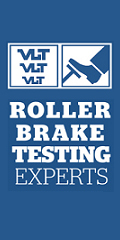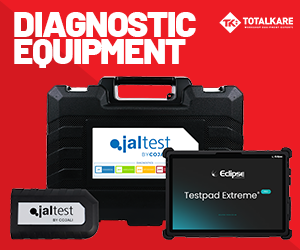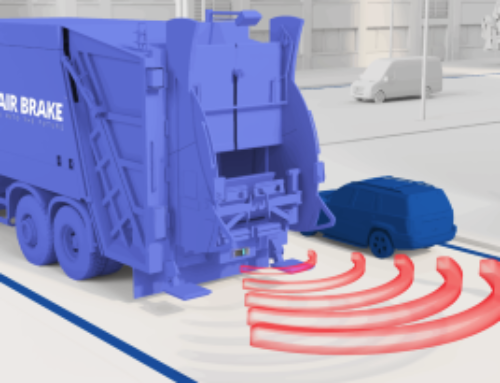RTITB: driving up best practice for driver assessments
 RTITB has underlined the importance of consistency and structure when formulating driver assessment regimes, in order to help safeguard fleets’ compliance and safety records.
RTITB has underlined the importance of consistency and structure when formulating driver assessment regimes, in order to help safeguard fleets’ compliance and safety records.
“Large goods vehicles (LGVs) or heavy goods vehicles (HGVs) were involved in 4,720 reported road collisions in 2024, resulting in 1,050 people being killed or seriously injured,” said Sarah Brown, Driver CPC and ADR manager at RTITB.
“This highlights the importance of driver competence.
“While professional training is essential, it’s the driver assessment process that often makes the difference between identifying risk early – or missing it altogether.”
For transport operators, structured and standardised assessments aren’t just a ‘nice to have’, Sarah says; they are a practical tool for improving road safety, ensuring compliance, and protecting operational continuity.
“In a multi-site operation, or across a distributed fleet, assessment methods can vary wildly,” she explained.
“One assessor may use a detailed checklist; another may rely on informal observation. This lack of consistency opens the door to gaps in compliance and introduces potential risk.
“Without a unified framework, operators can struggle to prove that driver competence was assessed to a recognised standard, especially in the aftermath of an incident. Standardised assessments, complete with documented scoring and audit trails, make it easier to demonstrate due diligence and regulatory compliance.”
Driver assessments are often associated with recruitment, says Sarah, and rightly so.
“Structured assessments during hiring allow transport and HR managers to verify a candidate’s practical ability, beyond just holding the right licence. But the process shouldn’t stop there.
“Regular, structured assessments throughout a driver’s employment help to maintain standards, flag developing issues, and guide refresher training. This continuous approach to evaluation helps operators stay ahead of risk and invest training time where it’s genuinely needed – rather than relying on assumptions or incident-based interventions.”
While incidents and near-misses can cause major operational headaches, effective post-incident driver assessments help to uncover root causes quickly and objectively, Sarah contends.
 “Structured marking sheets and checklists can guide the review process, making it easier to implement corrective actions and avoid reoccurrence.
“Structured marking sheets and checklists can guide the review process, making it easier to implement corrective actions and avoid reoccurrence.
“This also supports operational resilience. With a clear record of driver competence and assessment history, operators can act swiftly – and appropriately – without unnecessary downtime.”
Developing driver assessment materials in-house may work for smaller operations, she says, but for larger fleets or national logistics networks, it can become a significant drain on resources.
“Multiply that effort across various sites and assessors, and the time costs escalate quickly.
“Pre-prepared, standardised assessment tools can offer a practical alternative – removing duplication of effort and freeing up time to focus on core operational priorities. Most importantly, it ensures that all assessments are carried out to the same robust standards, regardless of who’s conducting them…
“Structured LGV/HGV driver assessments should form a core part of any transport operator’s safety and compliance strategy. Far from being a box-ticking exercise, they offer a powerful opportunity to raise standards, reduce incidents, and strengthen regulatory confidence.
“With growing pressure on transport operators to improve safety outcomes and demonstrate due diligence, now is the time to ensure assessment processes are fit for purpose. A standardised approach doesn’t just improve compliance – it contributes to safer roads and stronger, more reliable fleets.”
RTITB offers industry-standard Driver Assessment Packs designed to support structured, consistent evaluations across transport operations, and says the tools are already helping logistics companies and fleet operators nationwide improve safety, compliance and efficiency.













